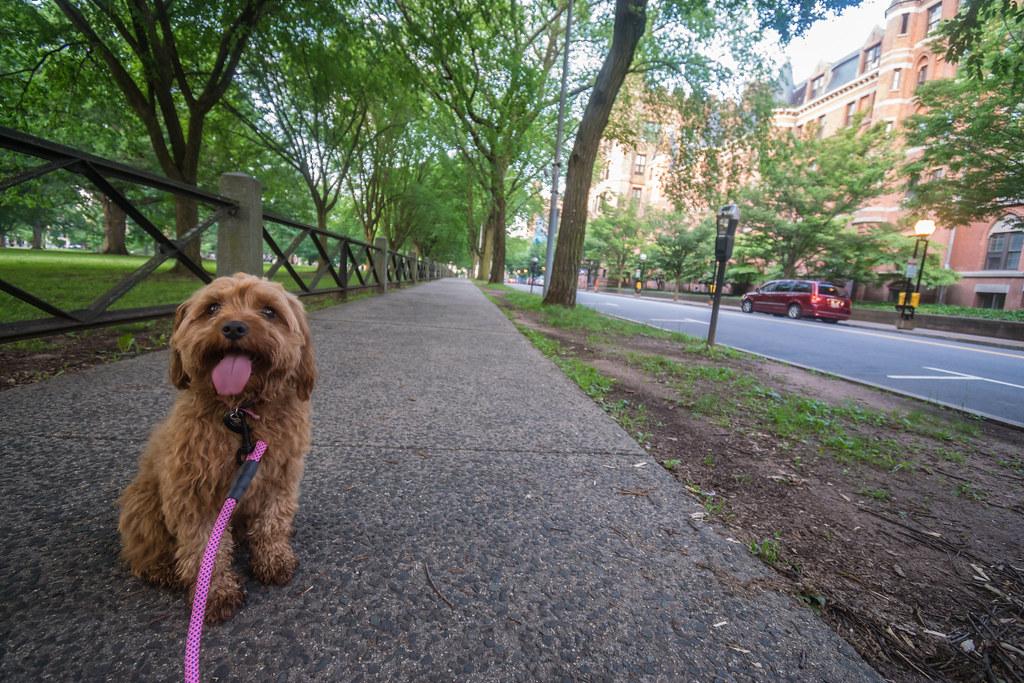Socialization Tips for Dogs in Multi-Pet Homes

In the bustling world of wagging tails and gentle purrs, harmony can sometimes seem like a distant dream. For those who share their homes with multiple pets, the cacophony of barks and meows is a familiar symphony. Yet, amidst this lively orchestra, ensuring that each furry friend feels secure and happy is an art in itself. Enter the realm of socialization, where understanding the unique dynamics of multi-pet households becomes a vital skill. This article delves into the nuanced dance of introducing and nurturing canine companions in homes already filled with a variety of four-legged personalities. Whether you’re a seasoned pet parent or a newcomer to the multi-pet scene, these socialization tips will guide you in creating a peaceful and joyous environment where every pet feels like they truly belong.
Understanding Canine Communication and Body Language
In a multi-pet home, understanding the intricate dance of canine communication can significantly enhance harmony among your furry companions. Dogs rely heavily on body language to express their emotions and intentions, which is why it’s crucial for pet owners to decode these signals accurately. Tail wagging, for instance, is not always a sign of happiness; the speed and direction can indicate excitement, curiosity, or even agitation. Similarly, a dog’s ears can tell a story—pricked ears may suggest alertness, while ears laid back often signal submission or fear. Observing these nuances can help you better manage interactions between pets, ensuring each feels safe and understood.
To foster a peaceful environment, consider the following tips:
- Create personal spaces: Each dog should have a designated area where they can retreat and relax without being disturbed.
- Monitor initial interactions: Pay close attention during early meetings between pets, intervening if any signs of aggression or discomfort arise.
- Reinforce positive behavior: Use treats and praise to encourage calm and friendly interactions.
- Understand individual personalities: Recognize that each dog has a unique temperament and adjust your approach accordingly.
- Regular play sessions: Engage in group activities that promote bonding and burn off excess energy.
By tuning into your dogs’ body language and respecting their individual needs, you can create a harmonious multi-pet household where every tail wags with contentment.
Creating Safe and Positive Interaction Spaces
When introducing dogs to a multi-pet household, establishing safe and positive interaction spaces is crucial. Begin by designating specific areas in your home where your pets can interact without feeling threatened or overwhelmed. These spaces should be free from potential hazards and have enough room for the animals to move freely. Consider the following tips to enhance these spaces:
- Neutral Zones: Choose neutral areas that are not associated with any one pet’s territory, reducing the likelihood of territorial disputes.
- Comfortable Environment: Ensure the space is comfortable with soft bedding, toys, and access to water to create a welcoming atmosphere.
- Supervision: Always supervise initial interactions to intervene if necessary and to reinforce positive behavior with treats or praise.
- Gradual Introduction: Start with short, controlled interactions and gradually increase the time as the pets become more comfortable with each other.
By carefully crafting these spaces, you can help foster harmonious relationships among your pets, paving the way for a peaceful and cooperative home environment.

Introducing New Pets: A Step-by-Step Guide
Creating a harmonious environment for your furry companions involves careful planning and understanding. When introducing a new dog into a home with existing pets, patience is key. Start by ensuring that each pet has its own space to retreat to, which helps reduce territorial behavior and allows them to adjust at their own pace. Supervised introductions are crucial. Begin with brief, controlled meetings in a neutral space, gradually increasing their interaction time as they become more comfortable with each other.
Incorporate positive reinforcement techniques to encourage good behavior during these initial interactions. Treats, praise, and affection can work wonders in helping dogs associate their new housemates with positive experiences. Here are a few tips to facilitate smoother socialization:
- Use separate feeding areas to prevent food aggression.
- Engage them in joint activities like walks or play sessions to build camaraderie.
- Observe body language closely to intervene before conflicts arise.
Remember, each dog has its own personality and pace, so tailor your approach to suit their individual needs. This ensures a more peaceful coexistence in your multi-pet household.

Managing Group Dynamics and Preventing Conflicts
Navigating the intricate world of canine social structures can be challenging, especially in multi-pet households. It’s essential to understand that dogs, like humans, have unique personalities and their own ways of interacting. Observation is key. Pay attention to their body language and vocalizations to identify potential stressors or triggers. When introducing a new pet, ensure that the environment is neutral, devoid of territorial markings that might cause friction.
To foster a harmonious pack, consider implementing a few strategies. Routine can be your ally; dogs thrive on predictability, so establish a consistent schedule for feeding, walks, and playtime. Space management is crucial; provide each dog with their own designated area where they can retreat and relax. Positive reinforcement plays a pivotal role; reward cooperative behavior with treats and praise to encourage peaceful interactions. Lastly, don’t hesitate to seek professional guidance if conflicts persist, as a skilled trainer can offer personalized insights and solutions.



